News
-
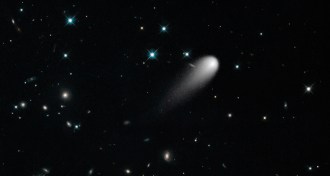 Astronomy
AstronomyOort cloud tosses astronomers a cometary curveball
In late November, ISON will deliver debris from the dawn of the solar system to Earth’s doorstep.
-
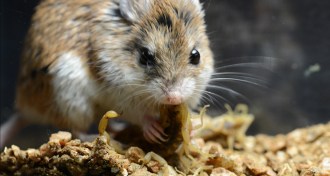 Life
LifeScorpion venom kills pain in mice
Toxin works with nerve proteins to block distress signals’ journey to brain.
By Meghan Rosen -
 Animals
AnimalsCommon pesticides change odds in ant fights
Species’ combat success can rise or fall after repeated exposure to a common neonicotinoid insecticide.
By Susan Milius -
 Psychology
PsychologyGroups recall travel details better than loners
Small teams of people can recite key information from public announcements better than any one person.
By Bruce Bower -
 Neuroscience
NeuroscienceBrain stimulation restores movement in rats with spinal cord damage
Implanted electrodes might help paralyzed humans walk.
-
 Quantum Physics
Quantum PhysicsSingle electron caught in action
Researchers have found a way to isolate the behavior of one particle.
By Andrew Grant -
 Anthropology
AnthropologyHunting boosts lizard numbers in Australian desert
Reptiles prefer to live in places aboriginal people have burned.
-
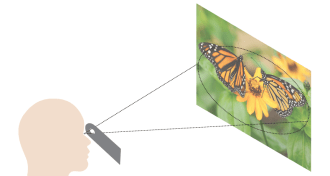 Neuroscience
Neuroscience3-D effects may require one eye only
Peering through a peephole can bring flat images to life.
-
 Animals
AnimalsAmphibian killer forces immune-cell suicides
Fungal menace to frogs and their kin shuts down key parts of the animals’ defenses.
By Susan Milius -
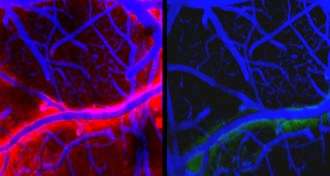 Neuroscience
NeuroscienceSleep allows brain to wash out junk
Discovery of fluids flowing in mice while they slumber could lead to better treatments for Alzheimer’s disease.
-
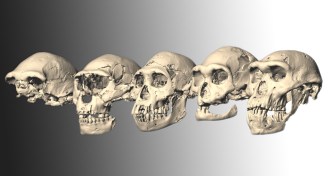 Anthropology
AnthropologyFossil skull points to single root for human evolution
New find suggests that humankind’s origins trace to an ancient species that spread from Africa to Asia.
By Bruce Bower -
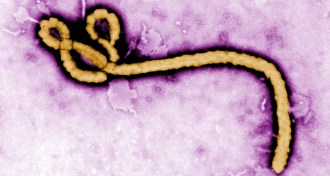 Health & Medicine
Health & MedicineHopes raised for Ebola treatment
Most monkeys given dual therapy survive infection with lethal virus.
By Nathan Seppa